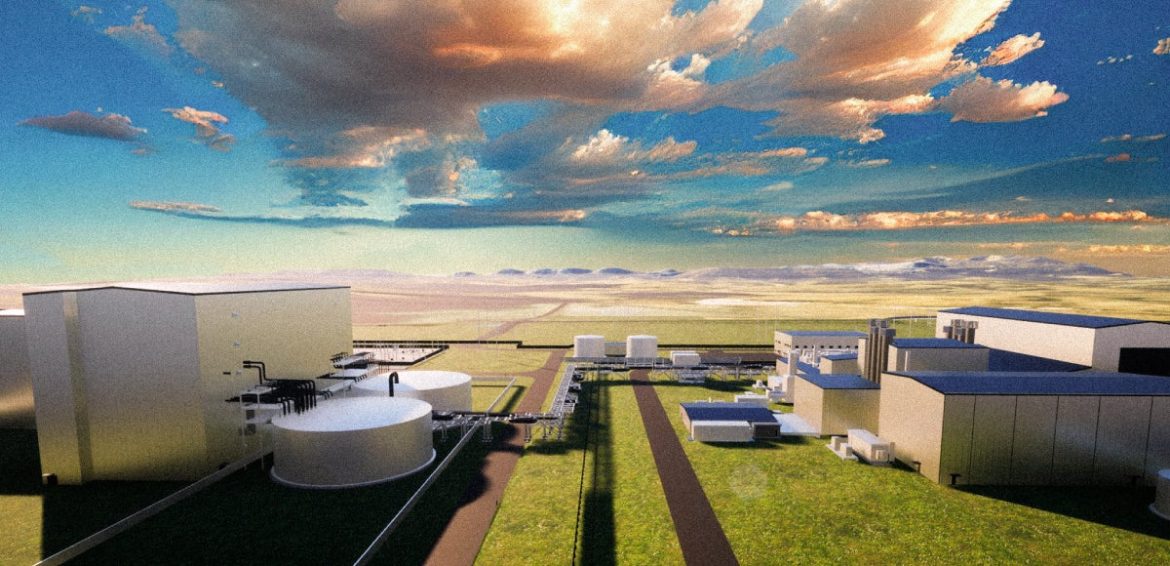Latest reports has shown that the US is rapidly installing huge batteries that are already starting to help prevent power blackouts, despite being faced with worsening climate-driven disasters and an electricity grid increasingly supplied by intermittent renewables.
From barely anything just a few years ago, the US is now adding utility-scale batteries at a dizzying pace, having installed more than 20 gigawatts of battery capacity to the electric grid, with 5GW of this occurring just in the first seven months of this year, according to the federal Energy Information Administration (EIA).
This means that battery storage equivalent to the output of 20 nuclear reactors has been bolted on to America’s electric grids in barely four years, with the EIA predicting this capacity could double again to 40GW by 2025 if further planned expansions occur.
California and Texas, which both saw all-time highs in battery-discharged grid power this month, are leading the way in this growth, with hulking batteries helping manage the large amount of clean yet intermittent solar and wind energy these states have added in recent years.
The explosion in battery deployment even helped keep the lights on in California this summer, when in previous years the state has seen electricity rationing or blackouts during intense heatwaves that see air conditioning use soar and power lines topple due to wildfires. “We can leverage that stored energy and dispatch it when we need it,” Patti Poppe, chief executive of PG&E, California’s largest utility, said last month.
Read also: Despite possible harm to endangered wildflower, Nevada lithium mine approved
“It’s been extraordinary growth,” said John Moura, director of reliability assessment and performance analysis at the North American Electric Reliability Corporation.
“It’s still technology that we are getting used to working with because the system wasn’t designed for it, but from a reliability perspective it presents a golden opportunity. This changes the whole paradigm of producing electricity, delivering it and consuming it. Storage gives us a bit of a time machine to deliver it when we need it.”
While scientists are clear that the US, and the rest of the world, must radically slash planet-heating emissions from electricity generation and other sources, the rapid growth of clean energy such as solar and wind provides more peaks and troughs of production that need to be actively managed to retain a reliable grid.
“Batteries can smooth out some of that variability from those times when the wind isn’t blowing or the sun isn’t shining. The Germans have a word for this sort of drought: Dunkelflaute,” said Moura. “So if you have a four-hour storage battery, that can get you through a Dunkelflaute.”
Of course, wind and sun droughts can last longer than the longest-duration batteries currently available, meaning they are not a panacea. A fully clean grid will also require a vast upgrade in US transmission lines – for example, to shift renewable energy swiftly across the country to where it is needed. The permitting reform to allow this is a bitterly contested issue, with many environmental groups opposed to looser regulations they say will only empower fossil fuel concerns.
Story was adapted from the Guardian.
